Osman’s life began in about 1908 with the Nivkh people on the wind-swept tundra of Eastern Siberia. When Cecil Meares recruited him for Captain Robert Falcon Scott’s Terra Nova expedition to Antarctica in 1910, he was busy delivering mail by sledge across the Sea of Okhotsk. He was used to a sledging life and, like the 30 other Siberian huskies purchased for the expedition, thrived in a snowy, frozen world.
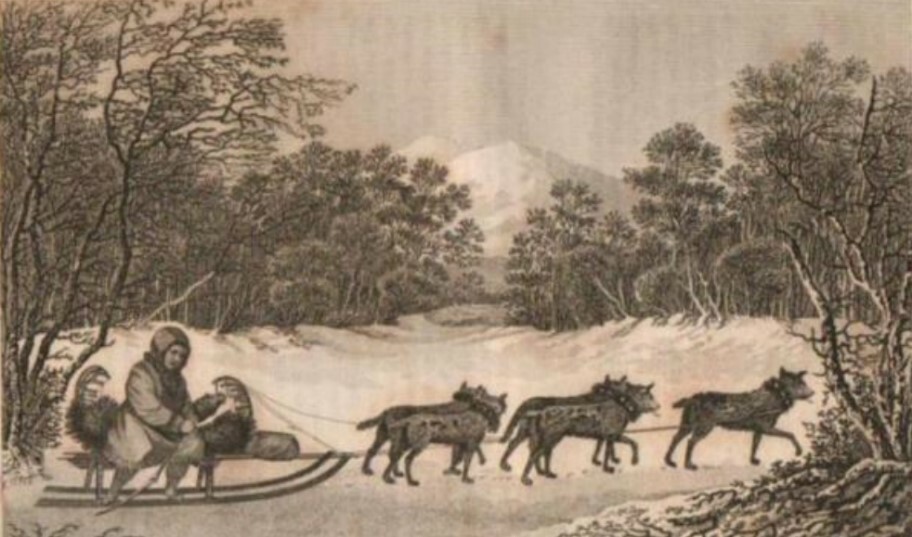
Osman and the pack headed to New Zealand where they met up with the crew of the Terra Nova and two Esquimaux dogs, a breed of sledge dog also brought down from the Arctic. Newspapers from Whangarei in the far north to Invercargill in the deep south reported their arrival. Osman was singled out from all the dogs. The Christchurch Press described him as a dog of importance and noted that "his heart would break if he were made other than the leader".
In preparation for their work in Antarctica, the dogs spent the Spring of 1910 on Quail Island in Lyttelton Harbour training with Meares and Dimitri Gerov, a Russian dog driver that Meares had enlisted in Siberia. Makeshift sledges with small wheels were built to handle the snowless environment of the island.
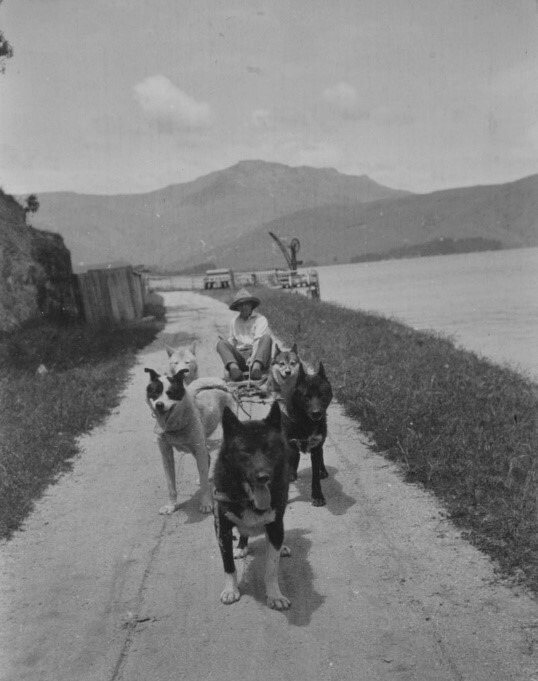
On 29 November, Osman and his shipmates departed New Zealand. He, like the other dogs, was chained on the deck. In his diary, Captain Scott described their situation:
"Upon the coal sacks, upon and between the motor sledges and upon the ice-house are grouped the dogs, thirty-three in all. They must perforce be chained up and they are given what shelter is afforded on deck, but their position is not enviable. The seas continually break on the weather bulwarks and scatter clouds of heavy spray over the backs of all who must venture into the waist of the ship. The dogs sit with their tails to this invading water, their coats wet and dripping. It is a pathetic attitude, deeply significant of cold and misery; occasionally some poor beast emits a long pathetic whine. The group forms a picture of wretched dejection; such a life is truly hard for these poor creatures."
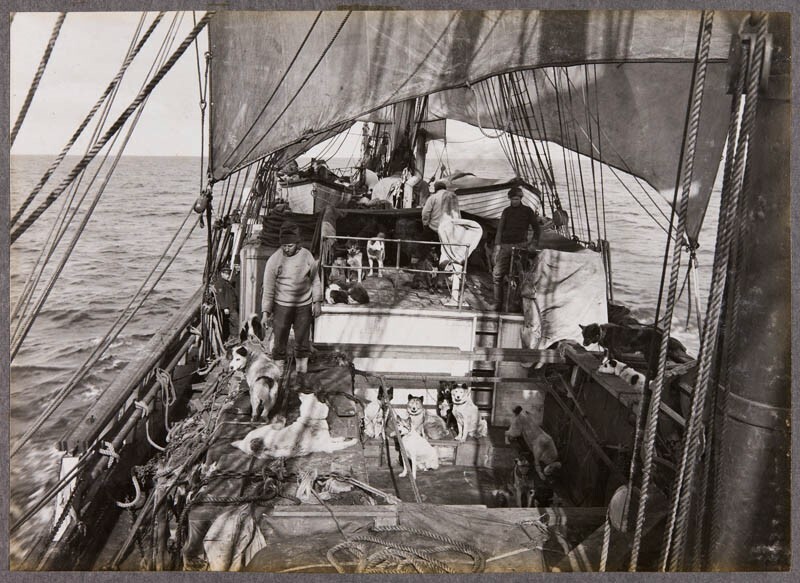
Heading south near Campbell Island in an area of latitude known as the ‘Furious Fifties’, the Terra Nova encountered a formidable storm that battered the ship and flooded the deck. One wave hit with such force that Osman’s chain broke and he was washed overboard, only to be washed back on deck with the next wave and caught by a crewman. After the incident, Captain Scott referred to him as "Osman, our best sledge dog".
Going overboard wasn’t Osman’s only brush with death. On one sledging journey, the team crossed a crevasse hidden by snow. Osman, as the lead dog, was out in front and made it across, but as the rest of the team went over, the surface gave way. Still in harness, the dogs (except for two that dropped to the ledge below) hung suspended above the abyss with Osman anchored on one side and two dogs with the sledge on the other. The strain on Osman’s harness was slowly choking him, so he was immediately cut free, but it took nearly two hours to rescue the rest of the team.
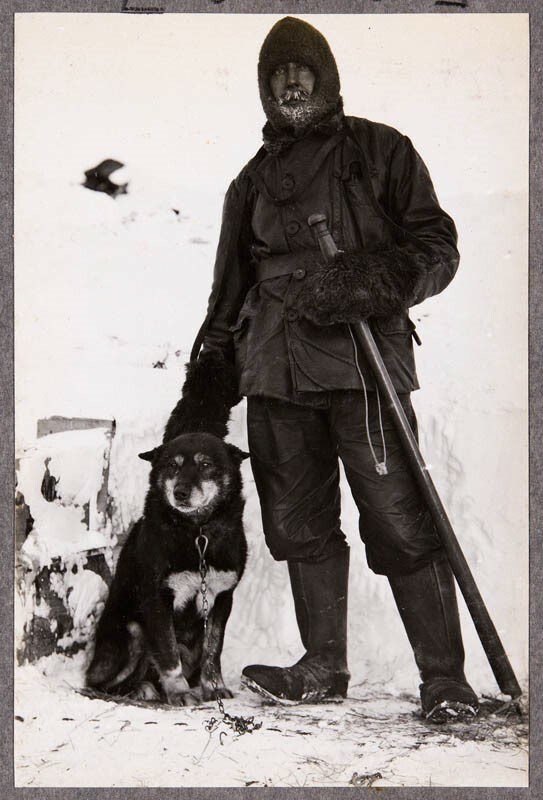
The Terra Nova returned to New Zealand in 1913 without Captain Scott and the other members of the expedition who had perished, but Osman and many of the dogs made it back safely. He was presented to Dimitri Gerov, but when Gerov returned to Russia in 1916, Osman was given to Joseph Kinsey, the New Zealand representative of the expedition and friend of Captain Scott.
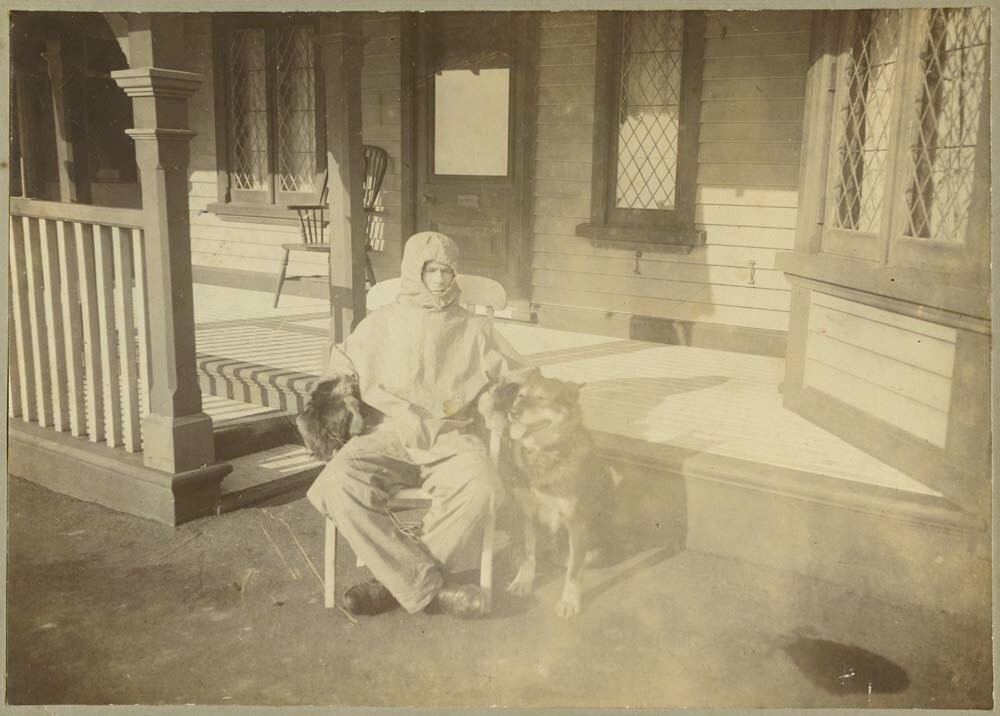
In August 1916, Kinsey presented Osman to Wellington Zoo, and newspapers reported on the arrival of "Osman the Great". The next year he was joined by sledge dogs which had recently served on Ernest Shackleton’s Imperial Trans-Antarctic Expedition supply ship Aurora. The dogs remained popular attractions along with the New Zealand wildlife on display. Nothing more is reported in the newspapers about Osman beyond December 1917 and it seems likely that he died the following year. He was probably about 10 years old, an average life expectancy for a husky, but a particularly long one for a dog that had led an adventurous life and endured the harsh existence of the Antarctic world.






